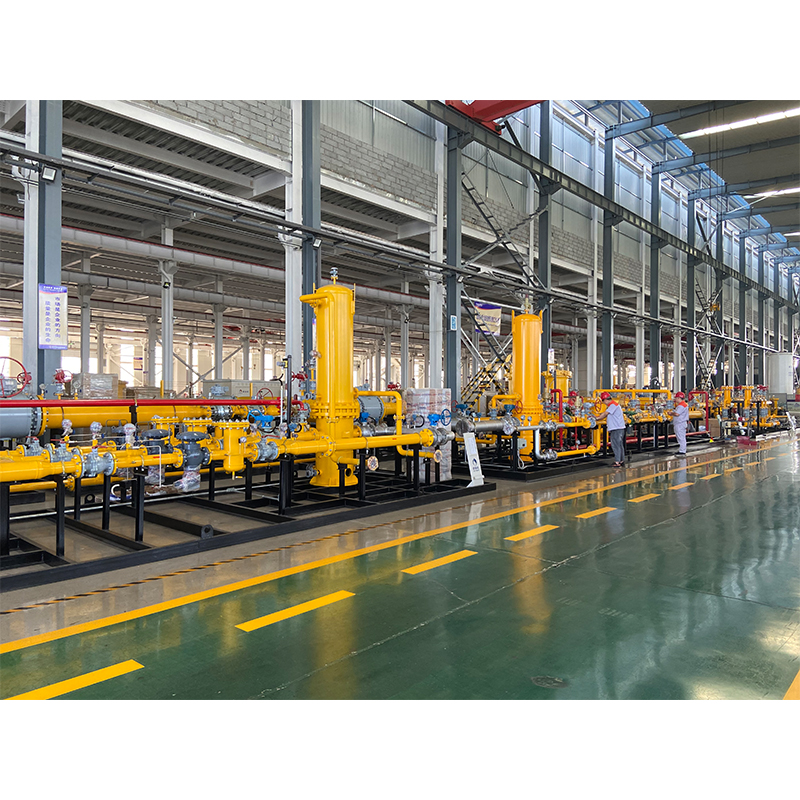
8 月 . 31, 2024 04:10
Back to list
relief valve
Understanding Relief Valves An Essential Component in Pressure Management
Relief valves play a crucial role in ensuring the safety and efficiency of various systems that involve pressurized fluids or gases. These valves are designed to prevent excessive pressure buildup in equipment, which could lead to catastrophic failures, leaks, or other hazardous situations. Understanding their function, types, and applications is essential for engineers, operators, and safety personnel in numerous industries.
At its core, a relief valve is a safety device that automatically opens to release pressure when it exceeds a predetermined level. This mechanism is vital in systems such as boilers, compressors, and hydraulic systems, where there can be a risk of overpressure due to thermal expansion or other operational anomalies. By diverting excess fluid or gas, relief valves maintain system integrity and protect both personnel and equipment.
There are several types of relief valves, each designed for specific applications. Among the most common are spring-loaded relief valves, which use a spring mechanism to keep the valve closed until the set pressure is exceeded. When this threshold is crossed, the force exerted by the fluid or gas overcomes the spring tension, allowing the valve to open and release the excess pressure. Another type is the pilot-operated relief valve, which features a smaller valve (the pilot) that controls the larger main valve. This design allows for more precise pressure control and is often utilized in high-pressure applications.
relief valve

Relief valves are found in a wide range of industries, including oil and gas, chemical manufacturing, pharmaceuticals, and water treatment. In the oil and gas sector, for example, these valves are critical for managing pressures in pipelines and processing equipment, preventing dangerous overpressure situations that could lead to spills or explosions. In the chemical industry, relief valves protect reactors and storage tanks from overpressure, ensuring safe and efficient chemical processes.
The proper selection and maintenance of relief valves are crucial for their effective operation. Factors such as the fluid type, pressure rating, temperature, and installation environment must be considered when choosing a relief valve for a specific application. Regular inspections and maintenance procedures should also be implemented to ensure that the valves function correctly when needed. This includes checking for signs of wear, corrosion, or accumulation of debris that could impede the valve's operation.
In conclusion, relief valves are indispensable components in systems that handle pressurized fluids and gases. They provide a critical safety function that helps prevent overpressure conditions, protecting both equipment and personnel. By selecting the appropriate type of relief valve and adhering to maintenance protocols, industries can significantly reduce the risk of pressure-related incidents. As technology continues to evolve, the design and functionality of relief valves will likely improve, offering enhanced safety and efficiency for a variety of applications. Understanding their importance is fundamental for anyone involved in pressure management across various sectors.
Next:
Latest news
-
Unlocking The Quality Gas Pressure ReducersNewsNov.01,2024
-
The Role of Gas Pressure Reducing StationsNewsNov.01,2024
-
The Importance and Functionality of Safety Relief ValvesNewsNov.01,2024
-
The Essential Role of Safety Valves in Natural Gas ApplicationsNewsNov.01,2024
-
The Essential Role of Gas Pressure RegulatorsNewsNov.01,2024
-
Enhance Your Premium Gas FiltersNewsNov.01,2024

